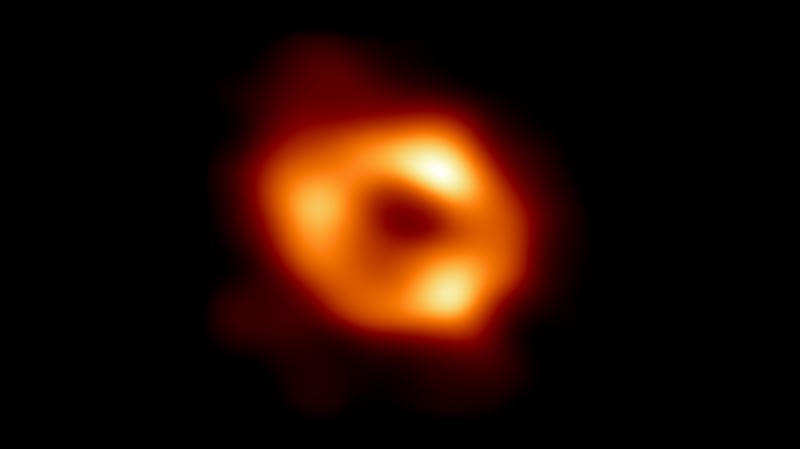Nasa has released a haunting sound from an enormous black hole more than 200 million light-years from Earth.
The black hole is at the centre of the Perseus galaxy cluster and has been associated with sound since 2003, the space agency said.
Pressure waves from the black hole have caused ripples in the galaxy cluster’s hot gas, but could only be translated into a note that humans are not able to hear.
But this year scientists created a sonification – when data is converted into sound – to make the sound audible for the first time.
“In this new sonification of Perseus, the sound waves astronomers previously identified were extracted and made audible for the first time,” Nasa said.
“The sound waves were extracted in radial directions, that is, outwards from the centre.
“The signals were then resynthesised into the range of human hearing by scaling them upward by 57 and 58 octaves above their true pitch.”
Black holes are points in space where gravity pulls so much that not even light up can escape, Nasa said.
In 2019, an image of a black hole was captured by scientists for the first time. The picture showed a black hole in the Messier 87 galaxy.
It had a mass more than six billion times that of the Sun and the picture helped to prove astronomers’ theories about black holes.
They used the Event Horizon Telescope, a global network of synchronised radio observatories, to capture the image.
Creating a sonification of a black hole has now allowed Nasa to prove that space is not completely silent.
“The popular misconception that there is no sound in space originates with the fact that most of space is essentially a vacuum, providing no medium for sound waves to propagate through,” the agency said.
“A galaxy cluster, on the other hand, has copious amounts of gas that envelop the hundreds or even thousands of galaxies within it, providing a medium for the sound waves to travel.”







